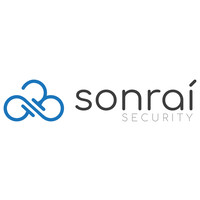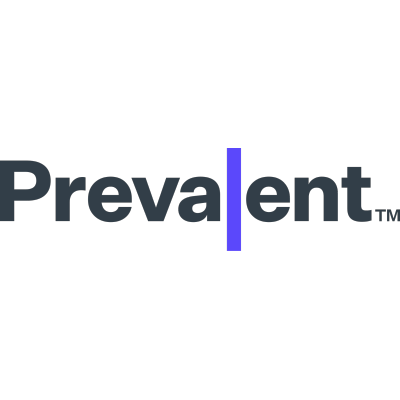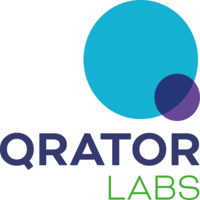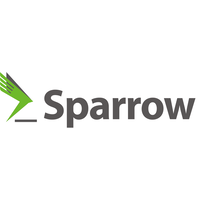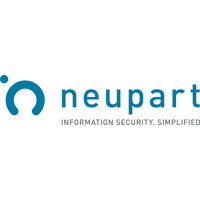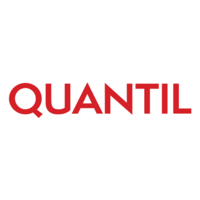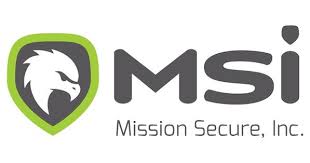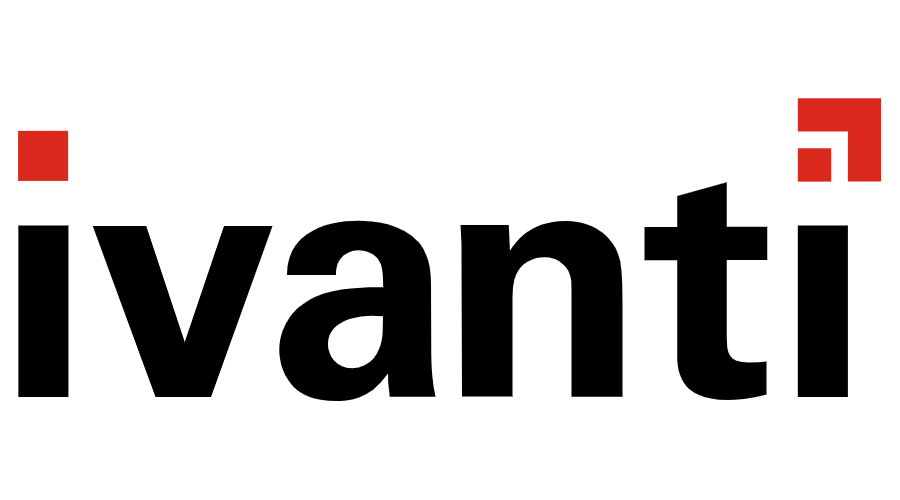
Categories
Problems that solves
No control over implementation
Insufficient risk management
Complex and non-transparent business processes
Non-compliant with IT security requirements
Low employee productivity
No automated business processes
No monitoring of corporate IT processes
Poor timing of management decision making
Unauthorized access to corporate IT systems and data
Values
Ensure Security and Business Continuity
Ensure Compliance
Centralize management
Manage Risks
Ivanti User Workspace Manager (UWM)
IVANTI USER WORKSPACE MANAGER: SLASH DIGITAL WORKPLACE COSTS, LIBERATE IT, EMPOWER USERS.
About Product
Description
Ivanti User Workspace Manager enables an unparalleled user experience, increases productivity, and liberates IT from the shackles of slow and complex desktop tools.
With Ivanti, migration to Windows 10 and adoption of cloud services, including Office 365, is smooth, risk-free, and simplified for both IT and users alike.
Simplify Digital Workspace Management Ivanti User Workspace Manager enables organizations to reap the benefits of Ivanti solutions such as Environment Manager, File Director, Performance Manager, Application Control, and Insight:
Transform the User Workspace With User Workspace Manager, you can deliver responsive, secure desktops that users love, save money on server hardware, reduce IT management, and eliminate security risks. Detect challenges affecting user experience, quantify what is causing the issues, and benchmark how IT changes can optimize your endpoints. Patented resource management techniques ensure users are provided with the best desktop performance possible and increase user density in virtual desktop environments — often by as much as 40 percent. Abstracting users’ personal settings and files from the underlying device and operating system enables effortless migration to new desktops, platforms, or services, providing a consistent and familiar workspace for mobile users.
Powerful application control and privilege management capabilities ensure secure desktop and server environments and ease the burden of satisfying regulatory compliance.
Key Feature: User Personalization
On-demand personalization eliminates typical problems associated with roaming profiles including slow logon times due to profile bloat, and loss of personal settings and helpdesk calls due to profile corruption.
Stream personal settings as required, at application start or stop, to alleviate the burden on the logon process and provide rapid logon times.
Roll back personal settings on a per-application basis to reduce profile-related support calls and eliminate user downtime. Bulk updates on centrally-stored profile data equip IT with new problem-solving capabilities and ease the process of rolling out network changes to user sessions.
Key Feature: Desktop Configuration
The multi-threaded logon engine in User Workspace Manager replaces slow and complex logon scripts and GPO settings with context-aware actions that can be applied simultaneously at logon, rather than one-after-the-other.
Desktop configuration items typically configured to apply at logon can alternatively be set up to occur throughout the user session, on-demand, to reduce the burden on the logon process. This provides even quicker logon times and a much-improved user experience.
Key Feature: File Sync and Migration
The granular sync mechanism in User Workspace Manager allows users’ files to be synced to on-premises or cloudbased storage from anywhere within their user profile — either in the background, on-demand, or in real-time—to provide effortless migration of users’ files and eliminate the issue of data sprawl where user files are saved across different devices.
What’s more, migrating user files from on-premises storage to the cloud also means you reap the benefits of the 1TB of free OneDrive for Business storage per user with every license of Office 365.
- Effortless user migration.Migrate user profiles, settings, and files to Windows 10 with or without hardware refresh—with no disruption to the user and minimal effort for IT.
- Ease the move to the cloud. Smooth your journey to the cloud by roaming the user experience seamlessly between on-premises and cloud infrastructure using scalable, robust web services.
- Ensure a great user experience. Eliminate logon scripts, eradicate complex group policy configuration, and deliver just-in-time personalization for lightning logon times. Ensure fast desktop and application response.
Simplify Digital Workspace Management Ivanti User Workspace Manager enables organizations to reap the benefits of Ivanti solutions such as Environment Manager, File Director, Performance Manager, Application Control, and Insight:
- Agile Windows migration. Achieve future-proof, continuous migration with ease
- Easy file management. Eliminate data sprawl and reduce data center costs
- Faster cloud adoption. Consistent on-premises, hybrid, or full-cloud desktops
- Better user experience. Higher user acceptance of desktop transformation projects
- Greater security and compliance. Out-of-the-box protection against unknown threats
Transform the User Workspace With User Workspace Manager, you can deliver responsive, secure desktops that users love, save money on server hardware, reduce IT management, and eliminate security risks. Detect challenges affecting user experience, quantify what is causing the issues, and benchmark how IT changes can optimize your endpoints. Patented resource management techniques ensure users are provided with the best desktop performance possible and increase user density in virtual desktop environments — often by as much as 40 percent. Abstracting users’ personal settings and files from the underlying device and operating system enables effortless migration to new desktops, platforms, or services, providing a consistent and familiar workspace for mobile users.
Powerful application control and privilege management capabilities ensure secure desktop and server environments and ease the burden of satisfying regulatory compliance.
Key Feature: User Personalization
On-demand personalization eliminates typical problems associated with roaming profiles including slow logon times due to profile bloat, and loss of personal settings and helpdesk calls due to profile corruption.
Stream personal settings as required, at application start or stop, to alleviate the burden on the logon process and provide rapid logon times.
Roll back personal settings on a per-application basis to reduce profile-related support calls and eliminate user downtime. Bulk updates on centrally-stored profile data equip IT with new problem-solving capabilities and ease the process of rolling out network changes to user sessions.
Key Feature: Desktop Configuration
The multi-threaded logon engine in User Workspace Manager replaces slow and complex logon scripts and GPO settings with context-aware actions that can be applied simultaneously at logon, rather than one-after-the-other.
Desktop configuration items typically configured to apply at logon can alternatively be set up to occur throughout the user session, on-demand, to reduce the burden on the logon process. This provides even quicker logon times and a much-improved user experience.
Key Feature: File Sync and Migration
The granular sync mechanism in User Workspace Manager allows users’ files to be synced to on-premises or cloudbased storage from anywhere within their user profile — either in the background, on-demand, or in real-time—to provide effortless migration of users’ files and eliminate the issue of data sprawl where user files are saved across different devices.
What’s more, migrating user files from on-premises storage to the cloud also means you reap the benefits of the 1TB of free OneDrive for Business storage per user with every license of Office 365.
Competitive products
Deployments with this product
User features
Roles of Interested Employees
Chief Executive Officer
Chief IT Security Officer
Chief Information Officer
Organizational Features
IT Security Department in company
Internet access is available for employees
GDPR Compliance

